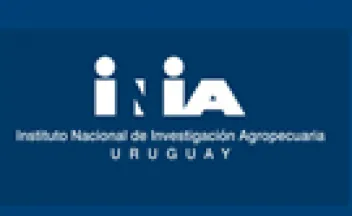Evaluación del estado estructural del suelo en sistemas agrícola-pastoriles. [Evaluation of soil structural status in agro-pastoral systems.].

RESUMEN.- Se evaluó el estado estructural del suelo en distintos sistemas agrícolas y agrícola-pastoriles mediante la metodología del Perfil Cultural. Se consideraron las estructuras de origen antrópico relacionadas al uso y manejo del suelo y a la actividad biológica en el perfil. La evaluación abarcó la proporción de dichas estructuras
